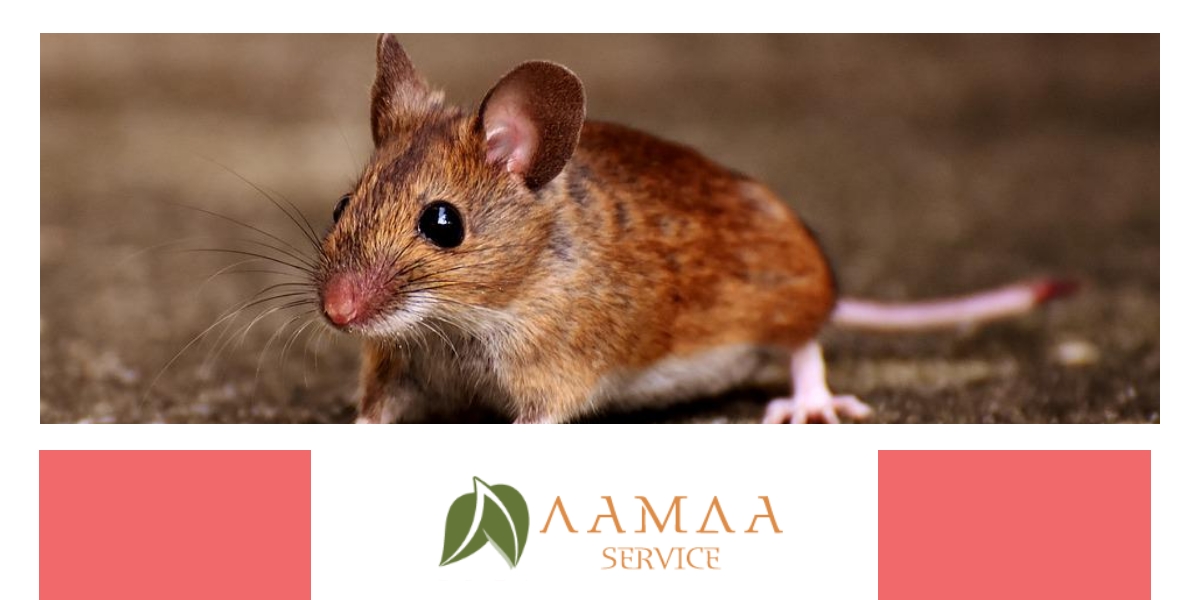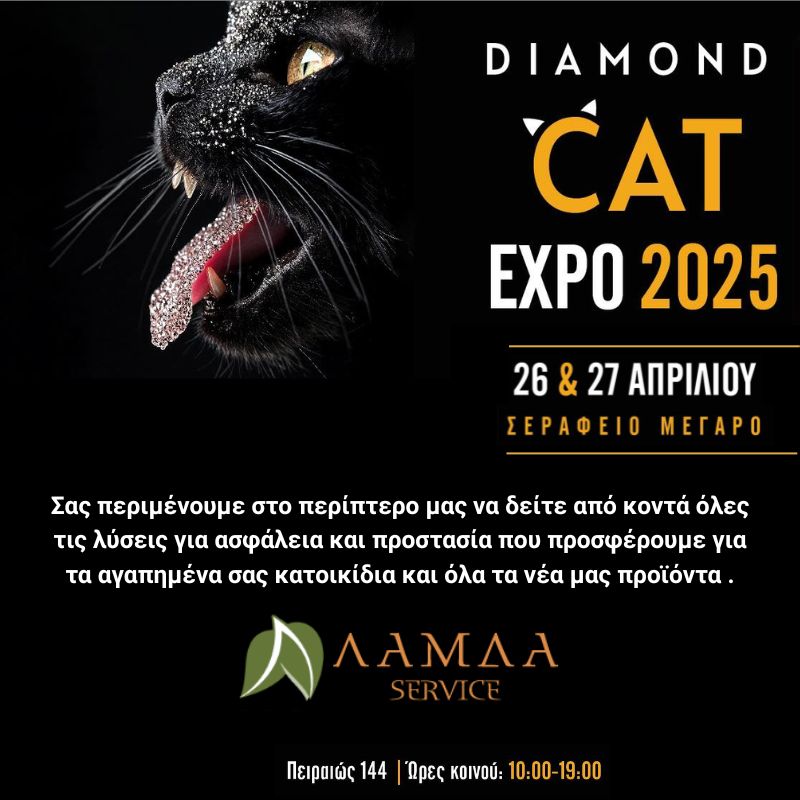How to combat your rodent problem
How to combat your rodent problem
Among the most successful mammals in the animal kingdom are mice. They run, jump, swim, climb, balance with great ease. They are smart and with the exception of vision (moderate) all their other senses are well developed. They are omnivorous and particularly reproductive. They give birth 4-6 times a year, from 6-10 babies, reaching sexual maturity 2 months later.
They are dangerous for humans because, in addition to the damage they cause to stored products and facilities, they transmit diseases such as plague, typhoid fever, Lewis or Weil’s disease, Salmonella, haemorrhagic fever, etc.
One of the most serious, Leptospirosis, has its pathogen entering the human body through mucous membranes, wounds or skin hives. It is transmitted by biting and urine. For the above reason, when we suspect the presence of a rodent in our home, we must not walk barefoot, because we can step to a place it has urinated (dried up) and even from a small cut we can introduce it in our body.
Furthermore they can destroy installations, electronics, electrical equipment, cables or even create short-circuit fires.
POPULATION CONTROL
Many times we deal with a rodent problem one-dimensional, that is, we have a mouse in our house, we exterminate it, and we believe we are finished.
Do we look at where the mouse came from? What is happening outside our door?
Are there holes or openings to the outside environment?
In order to create an integrated prevention system, the following must be done:
1. Checking the courtyard for detection of possible outbreaks
2. Cleaning and removal of waste materials
3. Control of the site even outside our property, to identify possible outbreaks and take measures (communication with neighbors, etc.)
4. Check for possible openings of our installation with the outside space and closing them.
5. Check inside the installation for possible openings with the drainage system or other openings.
6. Installation of bait stations in triple zone.
A. inside,
B. on the perimeter of the building and
C. on the outer perimeter of our property
7. Use of baits which are very attractive and effective. Rodenticides cause mummification in mice, so they do not smell. Of course larger mice may not be able to do it.
8. Control and renewal of baits after 1 week and assessment of the situation.
9. Check and renewal at intervals depending on the intensity and development of the problem.
10. We exclude the existence of any other food, eg. dog food. If there are dogs they must be fed during the day and have the rest of the food removed.
11. Ability to use traps of glue or mechanical traps inside. With the use of special attractants on trap, we manage to catch mice in tricky places, such as false ceilings, where the use of rodenticide would make difficult the removal of the carcass. We need to check every 1-2 days the traps and adhesives to remove the carcass.
When mice move outside a house, it is only a matter of time they move inside.
Call us at 210-3473207 for immediate solution or choose from a wide variety of rodenticides, baits and traps in: rodent products.
MORE ABOUT MICE AND RATS:
We mainly find the following species:
Mus musculus “house mouse”
Adult weight 15 g, 6-9 cm long and 8-10 cm long tail (longer than body), brown-gray color and even lighter shades. It has a sharp muzzle, lives indoors and outdoors, but not in sewers.
It is unpredictable, odd and moving 1.5-5 m from its nest. It prefers cereal grains, does not need much water, taking it from its food. Feces of small size 3-6 mm with ribs.
Rattus rattus ¨roof rat, ¨boat rat¨
Adult weight 200 gr. body length 13.5-20 cm and tail 14-23 cm (longer than head-body), color black or gray, big ears without hair. He has a sharp muzzle, lives in attics, warehouses, trees, rarely in sewers. Omnivorous, prefers fruits, nuts, cereals, vegetables. Drinks water or eats high-water foods. Consumes daily 25-30 g of food. Action radius 30m. Feces 12mm in the shape of a banana.
Rattus norvegicus ¨rat of the sewers¨
Adult weight 300g, body length 20-25 cm and tail 15-20 cm (less body), color black or brown, ears small with hairs. Muzzle is short, wide, lives in sewers, makes burrows, good climber and swimmer. Predictable, does not change habits easily, wants familiarity to try something new. Drinks water or eats high water content foods. Consumes 30g of food per day. Action radius 30m. Feces 20mm in ellipsoidal shape.
See all related products to deal with the problem of mice and rats in houses.














